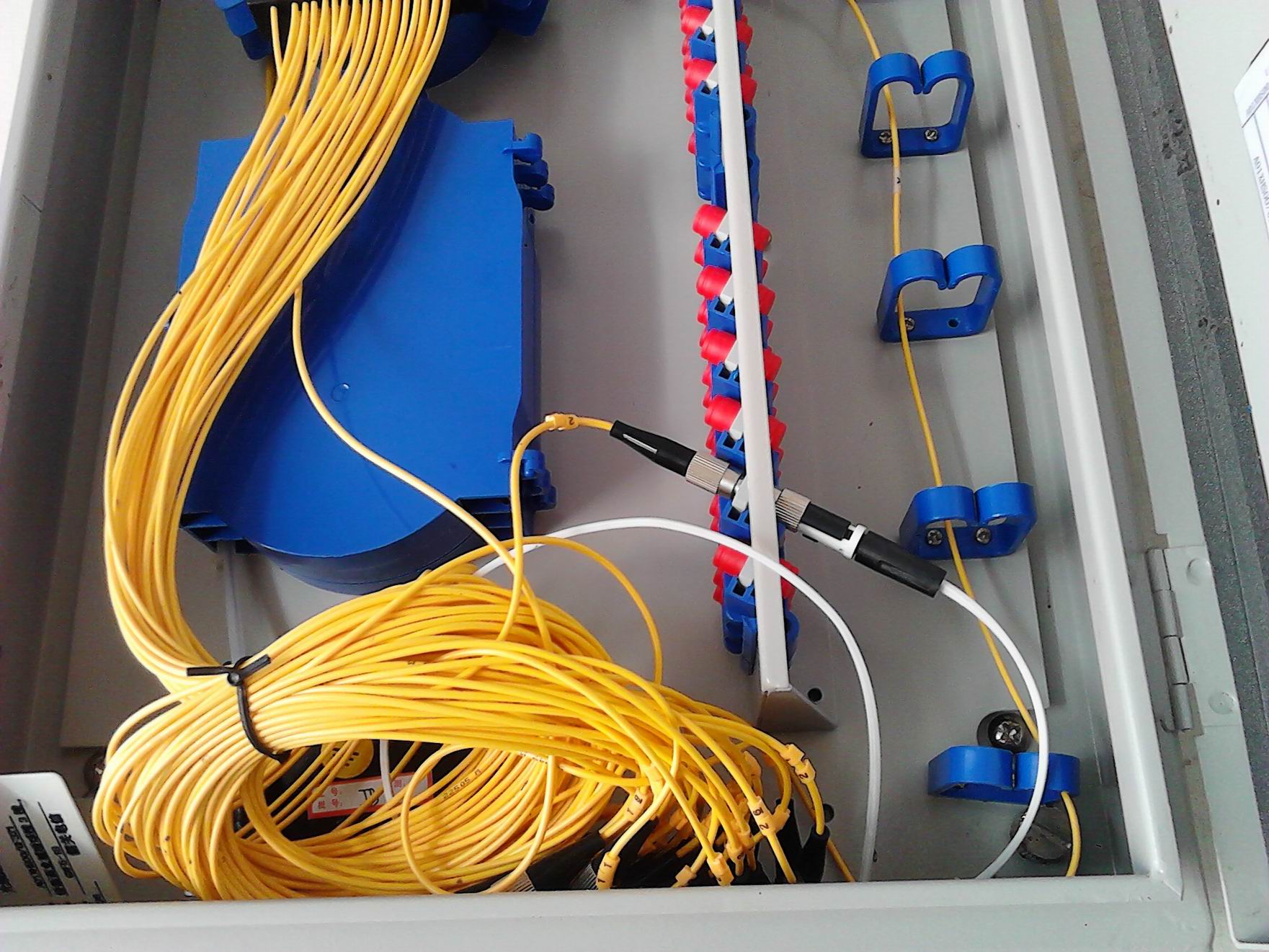Optical transmission hardware integration one-stop service provider
Views: 239 Author: Site Editor Publish Time: 2020-10-30 Origin: Site
The fiber optic cable is a cable composed of many technically processed optical fibers, which is used to transmit optical signals. The device often used with fiber optic cables include fiber optic patch cables, fiber optic patch panels, fiber optic attenuator, etc.
Fiber optic cables consist of one or more bundles of optical fibers, each of which is only slightly thicker than the human hair. The center of each line is called the core, which provides a path for light propagation. The core is surrounded by a layer of glass called a cladding that reflects light inward to avoid signal loss and allows light to pass through the bend of the fiber patch cable.
The two main types of fiber optic cables are single-mode and multi-mode. Single mode fiber patch cables use lasers to generate light, while multimode fiber patch cables use LEDs. Single-mode fiber optic networks usually use wavelength division multiplexing technology to increase the data traffic. WDM allows multiple lights of different wavelengths to be combined (multiplexed) and then separated (demultiplexed), thereby effectively transmitting multiple communication streams through a single optical pulse.

Compared with long-distance copper cables, armored fiber patch cables have many advantages.
1) Optical fibers support higher capacity. The network bandwidth that fiber optic cables can easily carry exceeds that of copper cables of similar thickness. The standard types of fiber optic cables are 10 Gbps, 40 Gbps and 100 Gbps.
2) Since light can travel longer distances on fiber optic cables without losing its strength, the need for signal boosters is reduced.
3) Fiber optic cables are not easily interfered. Copper network cables need to be shielded to protect them from electromagnetic interference. Although this kind of shielding is helpful, it is not enough to prevent interference when many cables are close to each other. However, fiber optic cables can avoid most of these problems.
Fiber To The Home (FTTH, also known as Fiber To The Premises) is a transmission method of optical fiber communication. It is to connect the optical fiber directly to the user's home. Specifically, FTTH refers to the installation of an optical network unit (ONU) at home or corporate, and it is the type of optical access network application closest to the user in the optical access series except FTTD (Fiber to the Desktop). The notable technical feature of FTTH is that it not only provides greater bandwidth, but also enhances the transparency of the network to data formats, speeds, wavelengths, and protocols, it simplifies maintenance and installation of fiber optic cable patch cords.
This optical fiber communication method and strategy is also different from FTTN (Fiber to the Node), FTTC (Fiber to the Curb), HFC (Hybrid Fiber Coaxial), etc. They all need to rely on traditional metal wires, including twisted pairs and coaxial cables.
The application of fiber optic cables has become more and more popular, and fiber optic terminal boxes and fiber optic adaptor also have been greatly developed. If you want to know more about fiber optics, please contact us.